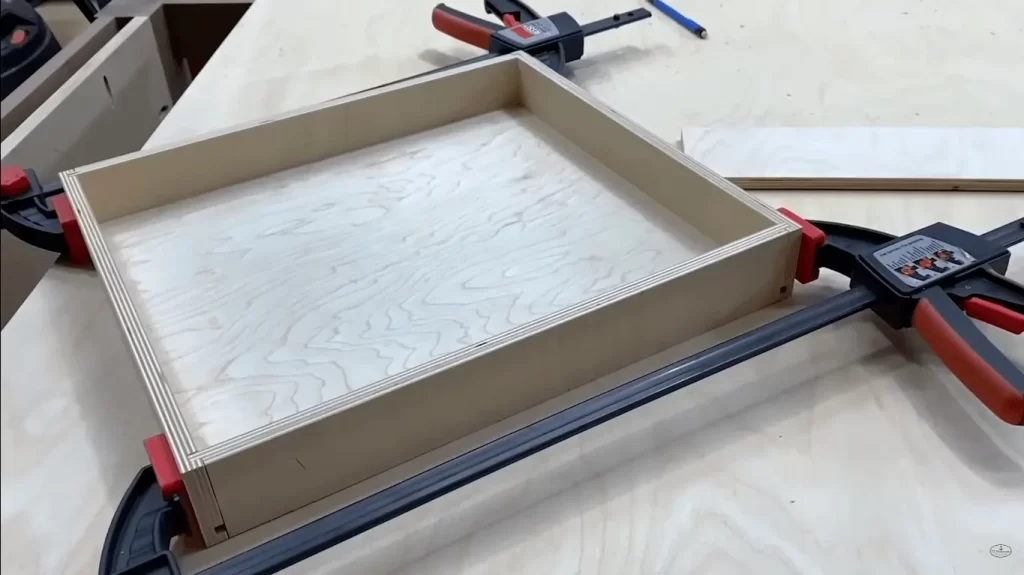What Are Clamps Used for in Construction?


What Are Clamps Used for in Construction?
Clamps are special types of equipment that are needed in building activities as they serve the function of holding materials, positioning workpieces, and even fastening objectives with high precision to a workpiece in different stages of the building process. They help the workers in maintaining stillness, stability, and accuracy during the processes of cutting, drilling, welding, or assembling a structure. Lack of clamps means that materials could movement and/or misalignment which would make joints defective, weaken a structure and increase time spend on labor.
Uses of Clamps in Construction
1. Volume Adjusting and Material Sausage
One of the key functions of clamps is material fixation in construction and remodeling. Clamps are essential to the working process involving cutting, drilling, welding, and building structures since they serve the purpose of securing the materials to be worked on so they do not move. A perfect case is in woodworking, where clamps hold two boards together as glue is drying to keep them in the correct position precisely. Furthermore, they are used as sleeves for metal parts to be welded and even bolted.
2. Supporting Concrete Formwork
In concrete fabrication, clamps are employed to hold formwork in position. These molds are built to specific dimensions and geometry, and thus may require clamps to assist with the proper forming of concrete structures. This allows the formwork to be clamped to the right geometry, allowing the concrete to set while preventing any leaking. With proper quality control, the resulting structures will have a smooth outer surface with defects significantly reduced.
3. Assisting in Pipe and Plumbing Work
Clamps are also extensively used in the installation of plumbing pipes by making sure that the pipes or installation fittings are fastened or welded properly. Pipe clamps, for instance, keep pipes in place during the attachment of fittings to ensure that the pipes do not rotate and make the joint weak. This helps during construction activities on site where pipes have to be installed.
4. Ensuring Safety on Job Sites
Safety is one of the most important concerns in construction, and clamps are needed as much as in other tools in order to avert hazards. While working at elevated positions or lifting heavy objects, a clamp will hold a work piece, thereby minimizing the chances of it slipping out of the operator’s hand. In scaffolding, for instance, clamps help keep pipes and metal rods in the right position so as to enable the workers to use the scaffolding safely.
5. Binding and Joining Help
While clamps greatly assist in the framing and structural assembly of modern-day buildings, they also aid in holding beams and joists in place right before they are locked into position securely. Ensuring proper alignment and balance of the different parts as well as making certain that weak joints do not form which can cause a great problem in terms of a building’s stability.
6. Both Fixing and Aligning Indefinitely
When components are being bound together with screws, nails, or adhesive, clamps are ideal for holding the components together, as they firmly keep the components in place to prevent any movement that may cause construction errors. This is highly effective in large scale projects where precise alignment usually creates problems if the components are poorly fixed in position.
Different Clamps, Their Uses & Function in Construction
Aspects such as stability, support, and accuracy are paramount when constructing, and hence several types of clamps are employed based on their specific tasks. One of the most known types is the C-clamps or G clamps that are used for holding wood or metal pieces firmly before executing the cutting, welding, or even gluing processes. Bar clamps are perfect for clamping larger workpieces such as wooden beams since they can hold large objects with strong grips. Application of spring clamps is suitable for quick and easy-to-do tasks due to it being lightweight and easy to use.
Pipe clamps are an industry favorite when it comes to plumbing and metalworking since they serve to align and stabilize the pipes before placing the final connections. Scaffolding clamps are critical in ensuring the safety of construction workers as they serve to hold scaffolding metal bars and pipes, providing stable platforms for the workers. Moreover, formwork clamps work to hold concrete molds in place to fill the concrete in without leaks. When it comes to form work, every type of clamp serves a unique purpose which when executed with efficiency accuracy and safety ensures efficiency on site.
The Most Important Tool in The Construction
Clamps are some of the most important tools in construction. They assist in the holding, support, and stabilizing of materials in the different phases of construction work. Whether used in the holding of wooden boards, the alignment of metallic parts, the fastening of scaffolds, the assisting of plumbing, clamps are a valuable help in the work site. The misalignment and other weaknesses that may cause structures to be subjected to unsafe scour would be opened if there are no clamps.
The efficiency with which the work is done skyrockets due to the unparalleled functions of clamps. There are jobs as simple as woodworking that require precision and detail as well as accuracy, and a steady hand used along with appropriate clamps improves the overall quality of the structure built. It is very important to always choose the correct clamp for each job since these vary in strength, adjustability, and grip. With the correct choice, a lot of labor time is saved. Clamps are truly one of the best tools in the construction industry.
Moreover, new forms of clamps are being developed to adapt to modern requirements as the construction industry continues to advance in technology. New materials and designs provide adjustable, strong, and easy to use clamps that make construction site productivity and ease-of-use better than before. Clamps, which are fundamental towards ensuring the safety and success of construction work, are still vital tools even in modern temporary holding, permanent fixing, or precision aligning. With proper techniques, strong, durable, and professional-quality constructions can be achieved through the correct use of high-quality clamps.
You May Find This Interesting: Can Nevada become a Construction Base?

